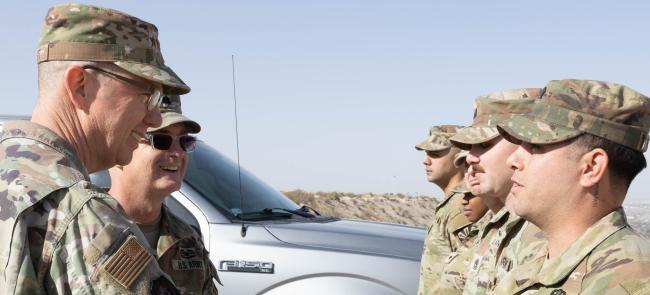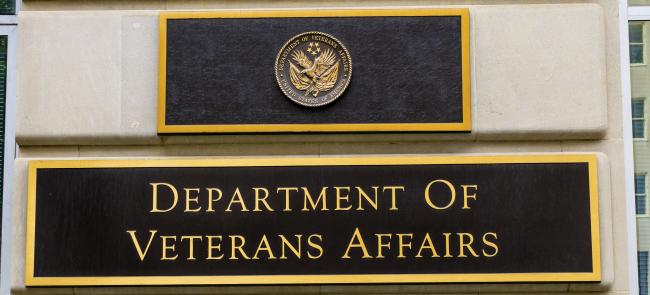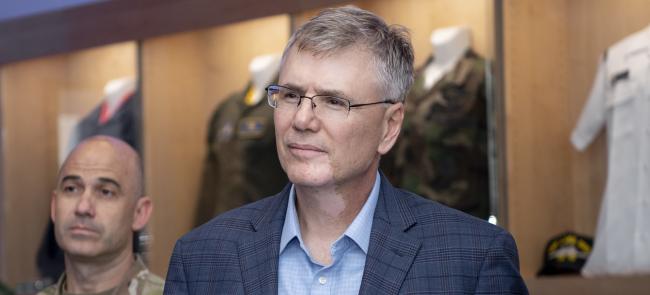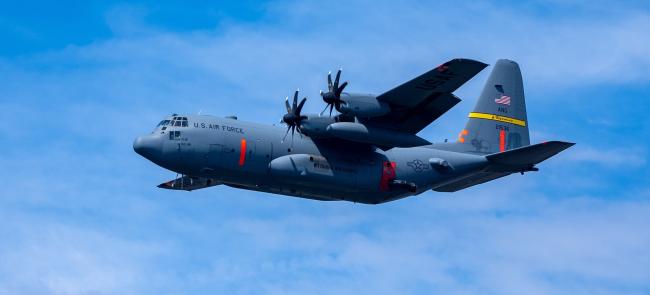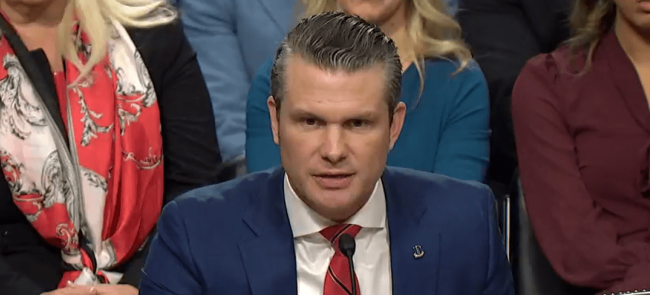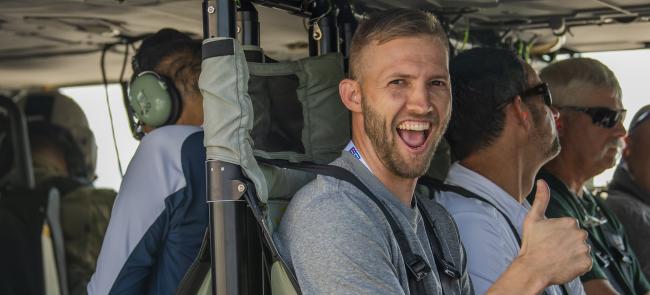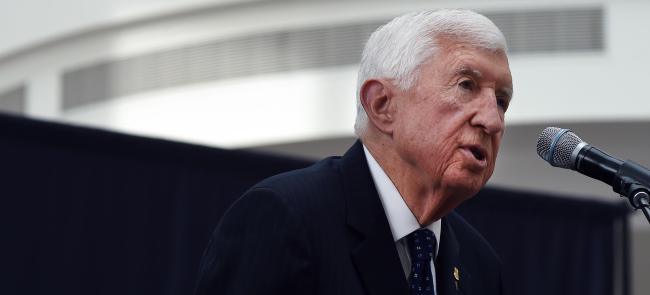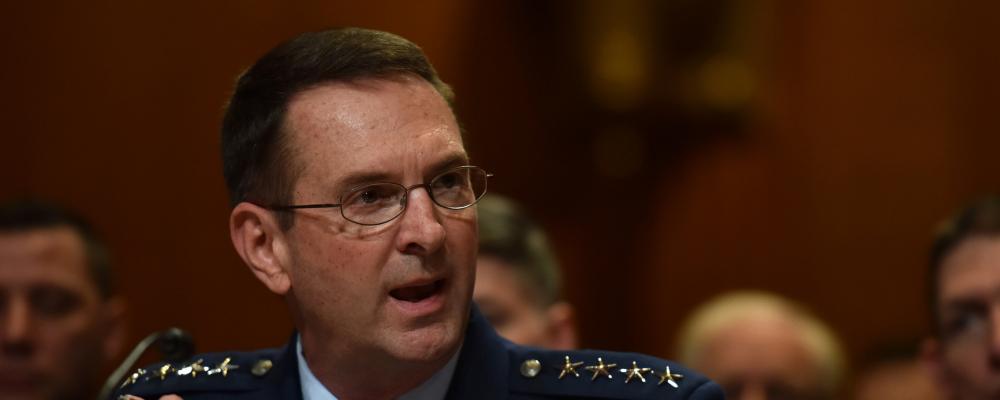
Defense leaders, including the chief of the National Guard Bureau, discussed budget needs with lawmakers today during a series of hearings in both the Senate and House.
Gen. Joseph L. Lengyel, the top Guard officer, testified before the House Appropriations Committee’s defense subcommittee alongside leaders from Army Reserve, Navy Reserve, Marine Corps Reserve and Air Force Reserve.
Elsewhere on the Hill, acting Defense Secretary Patrick M. Shanahan and Gen. Joseph F. Dunford, Jr., the chairman of the Joint Chiefs of Staff, testified to the House Armed Services Committee. And Army Secretary Mark T. Esper and Gen. Mark A. Milley, the Army Chief of staff, testified to the Senate Armed Services Committee.
The hearings follow President Trump’s $718 billion Pentagon budget request for fiscal 2020, which was released earlier this month.
Lengyel, representing nearly 450,000 Guard soldiers and airmen, said the budget would allow the force to accomplish its three core missions of fighting America’s wars, protecting the homeland, and building enduring partnerships, while maintaining the Guard’s role as an operational force. The budget increases complex training, flying hours and sustainment programs.
During the hearing, he advocated for concurrent and proportional fielding of equipment in line with the active-component services and said the military has done a better job in recent years on that front.
“The old days of cascading older equipment into the National Guard is no longer a relevant model,” he said.
The four-star general said the Guard must be deployable, sustainable and interoperable with the active components in order for the nation to respond to a near-peer fight, which would involve every component of the military.
“Enhancing full-time support and replacing and upgrading dilapidated facilities are vital in that regard,” Lengyel said. “The National Guard also requires parity in equipping its force through concurrent and balanced modernization and recapitalization so that it can deliver the lethality required to the joint force.”
He said the Guard has older equipment including planes, helicopters and tanks that must be updated to better align with active duty forces.
Other topics include monitoring National Guard children in schools to provide better support and a possible realignment of Guard force structure from states with recruiting shortfalls to states that can better support certain missions.
On any day, the Guard has approximately 30,000 soldiers and airmen mobilized around the world. Another 10,000 Guardsmen are conducting operations in the United States. Last year, he said, Guardsmen responded to 195 domestic emergencies.
Lengyel also spoke of the Guard’s support in space and cyber realms, including support to elections officials.
“The National Guard’s unique dual state and federal roles and robust presence in 2,600 communities in our states, territories, and the District of Columbia give our forces the widest presence of any military force in America and the ability to quickly respond to contingencies,” he said.
For more information on the president’s budget request and how it impacts the National Guard, a special report authored by NGAUS is available online.

